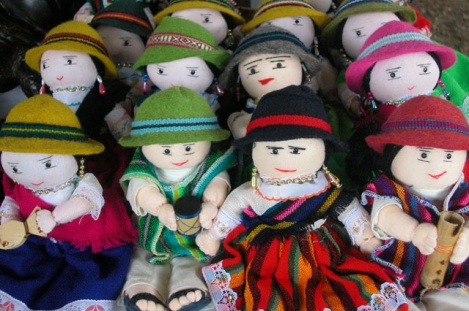By Jackie Rivas, Master Financial Education Volunteer
VCE’s financial literacy classes offer opportunities not only to teach others about personal financial management, but also provide an opportunity to learn about techniques and cultures. I recently taught the financial literacy series at Virginia Gardens in Spanish to a group of Central American and Mexican immigrants. In one session we discussed the importance of reviewing your bank statements on a regular basis. A participant shared with the group how she was surprised to learn that she had insufficient funds in her checking account. She was sure she
had made sufficient deposits to cover her expenses. At the teller window she reviewed her statement and found that a magazine that she thought she had canceled had continued to withdraw funds from her account monthly over the past two years. She called the magazine right there at the window and although she normally has a hard time saying no made it very clear that her subscription had ended. We also talked about managing banking fees and charges. The participants compared the various costs of checking accounts, minimum balances, check-writing charges, late fees and fines. They were able to share their experiences regarding different banks and checking account plans and where to get the best deal.
But I also learned from my students. They taught me about a technique for saving money that is quite common in Central America, Mexico and among immigrants in the US who have limited access to the banking system, called the Tanda. One of my students explained how she has trouble saving money because she finds it difficult to resist the temptation to spend. But the Tanda works for her. She used it to save the $4,000 she needed to pay the hospital expenses for the birth of her child. She planned several months ahead of the delivery date. In the Tanda, a group of persons with a desire to save a specified amount of money agree to pool their money over a specific time period and each week someone from the group receives the pooled funds. For example, to obtain $4,000 a group of sixteen persons would contribute $250 weekly for sixteen weeks. Each week someone within the group receives $4,000. The payout order could be determined by drawing numbers from a hat or by the coordinator of the Tanda. Of course there are many dangers in this system. It requires a lot of trust among the participants. Someone could run off with their payout early in the game, never to be seen again. But that is where a sense of community works to discipline members. There also is no interest paid on the principal and no opportunity for the beauty of compounding interest. But for those who might find it difficult to obtain a loan from a bank, it is an alternative method for obtaining credit. Teaching the financial literacy classes not only provides a forum through which to help others learn how to better manage their money, but it also presents the opportunity to learn how other cultures meet the financial needs of their community.

